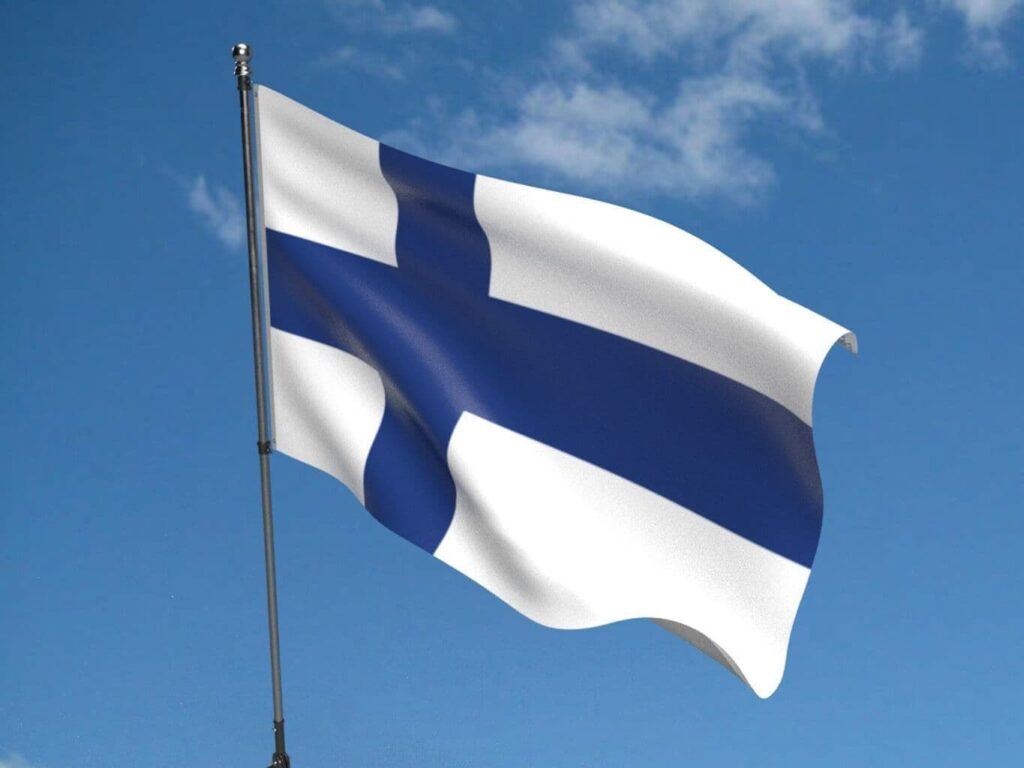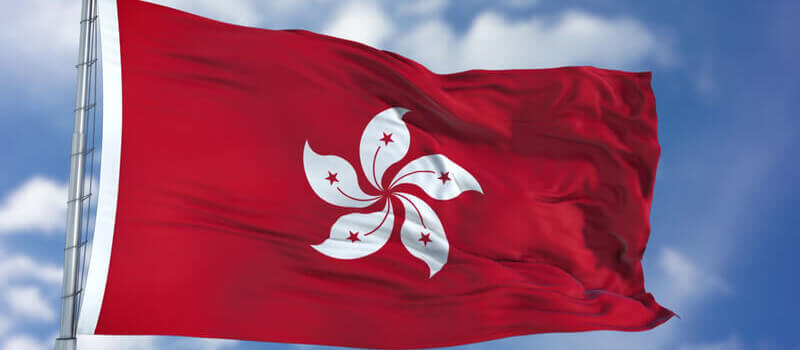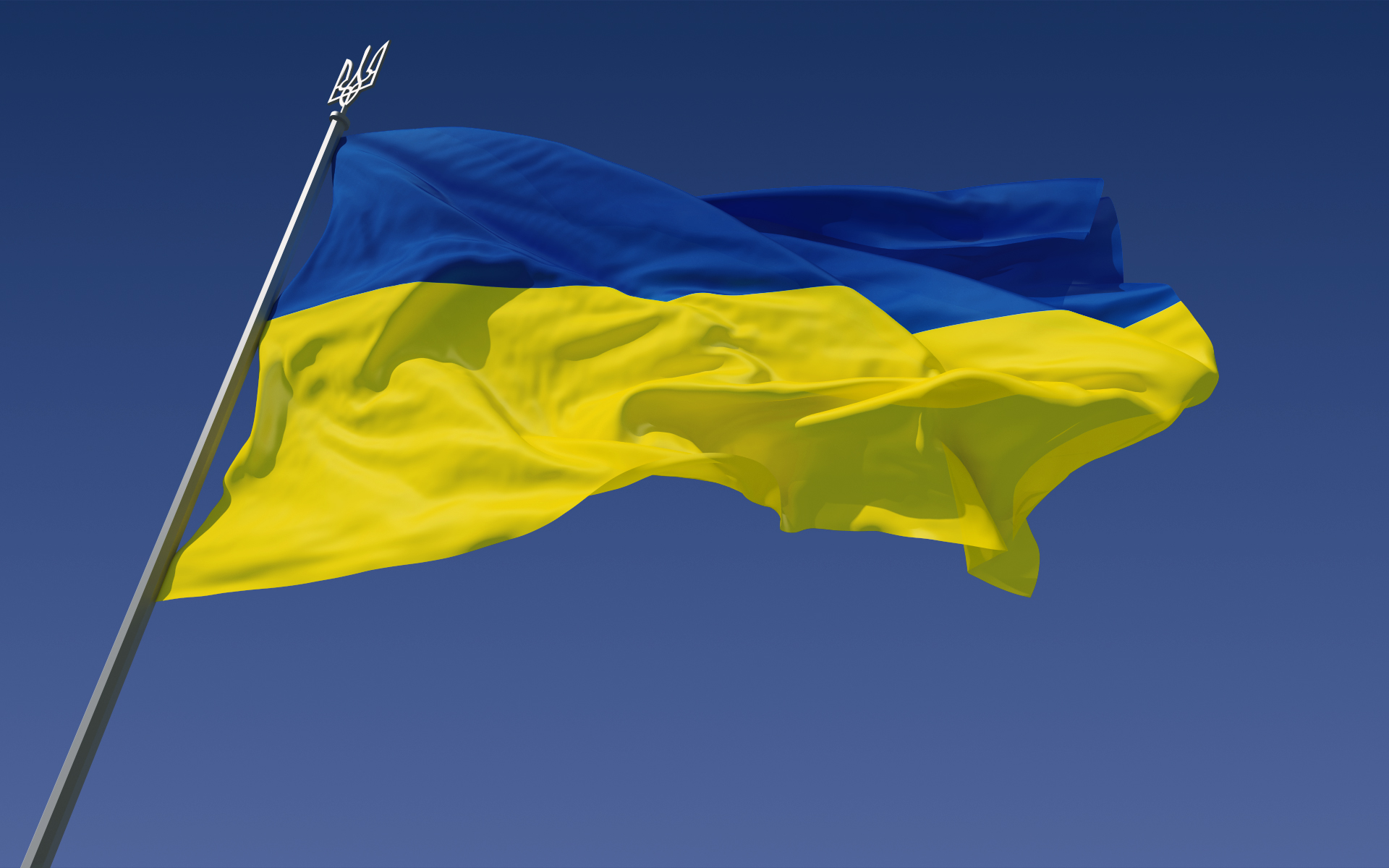The nation’s economy is expanding, and it is luring people from all around the globe. To control the influx of immigrants, Finland has immigration quotas and limitations in place, much like many other nations. Immigration quotas and limits are used to control the number of immigrants entering a nation and make sure they effectively assimilate.

Types of immigration quotas in Finland
The following categories apply to Finland’s various immigration quotas:
The quota for labor migration
The amount of non-EU employees who are permitted to work in Finland is limited by this quota. There are two different types of quotas: Quota A and Quota B. Quota B is for those with lower levels of skill, whereas Quota A is for those with higher levels. The number of residence permits awarded each year for labor migration is decided by the Finnish government.
Quota A
Quota A is reserved for highly qualified individuals who possess specialized knowledge and abilities that are in great demand in Finland. Each year, the government decides which particular occupations and talents are eligible for it. Usually, these vocations are found in fields like engineering, IT, healthcare, and education. The candidates must fulfill certain standards for education, employment experience, and language fluency. Before they may apply for a residence visa under Quota A, they must also have an employment offer from a Finnish business. It has a limited number of residence permits available, and the government sets the limit each year. The limit for Quota A was set at 1,000 in 2021.
Quota B
Lower-skilled employees who are in demand in certain industries but do not fit the qualifications for Quota A should apply for Quota B. Quota B covers a variety of occupations, including cleaners, seasonal employees in the agricultural and tourist industries, and construction workers. Candidates must receive a job offer from a Finnish company and fulfill strict criteria regarding work experience and language competency to be eligible for it. It has a limited number of residence permits available, and the Finnish government sets the limit each year. The limit for Quota B was set at 500 in 2021.
The quota system’s goal is to balance the country’s economic and social demands with the number of immigrants arriving in Finland in search of employment.
The limit for family reunification
The number of family members who may visit their relatives in Finland is governed by this limit. Both spouses and minor children under the age of 18 are covered. The government determines the yearly allotment, which changes every year. The goal of the limit is to aid in reuniting families that immigration laws have caused to become estranged.
Refugee limit
This limit establishes how many refugees Finland will take in a given year. The quotum is determined annually by the Finnish government and is based on humanitarian considerations. The limit is intended to provide refugees who are escaping war, persecution, or other types of violence in their native countries a haven.
Student limit
This limit places restrictions on how many students from outside the EU are allowed to attend school in Finland. To control the number of foreign students in the nation, the government sets a quota each year. The limit is intended to make sure that the nation can meet the social and economic demands of the nation while still offering excellent education to overseas students.
The quota for seasonal workers
The maximum number of seasonal workers from outside the EU who may enter Finland is limited by this limit. The limit aims to control the influx of temporary workers into the nation. The seasonal worker limit is determined by the government each year. It is intended to make sure that the number of seasonal workers entering Finland is following the demands of the economy and society.
You may also find these articles helpful
Getting an employment visa: Work permit in Finland
Preparing for the immigration interview in Finland



